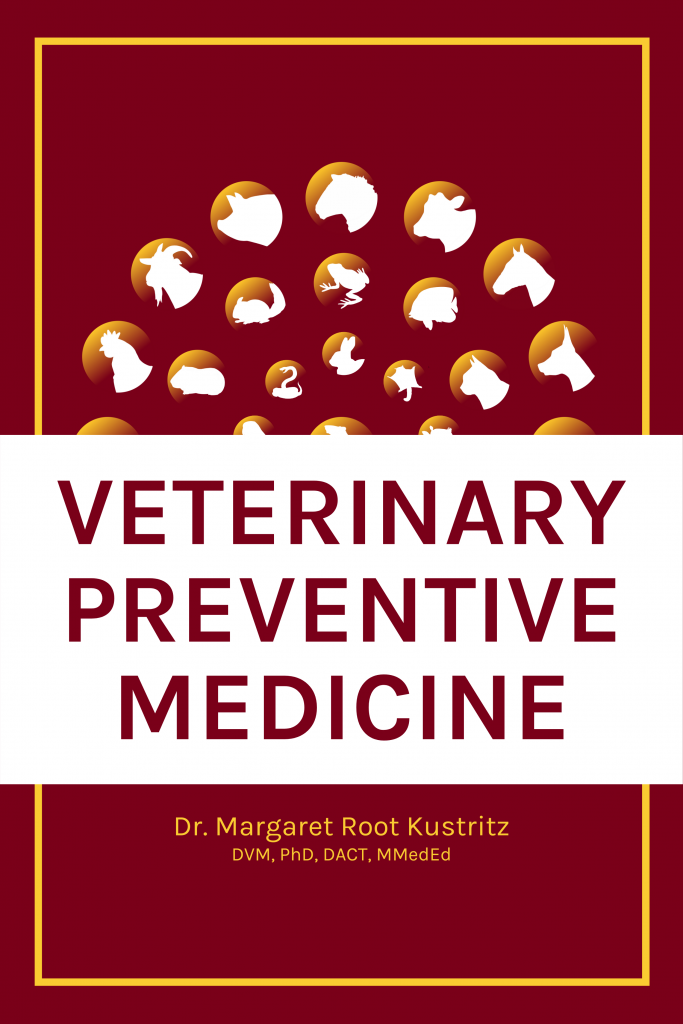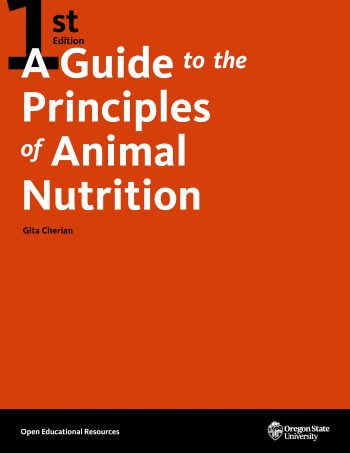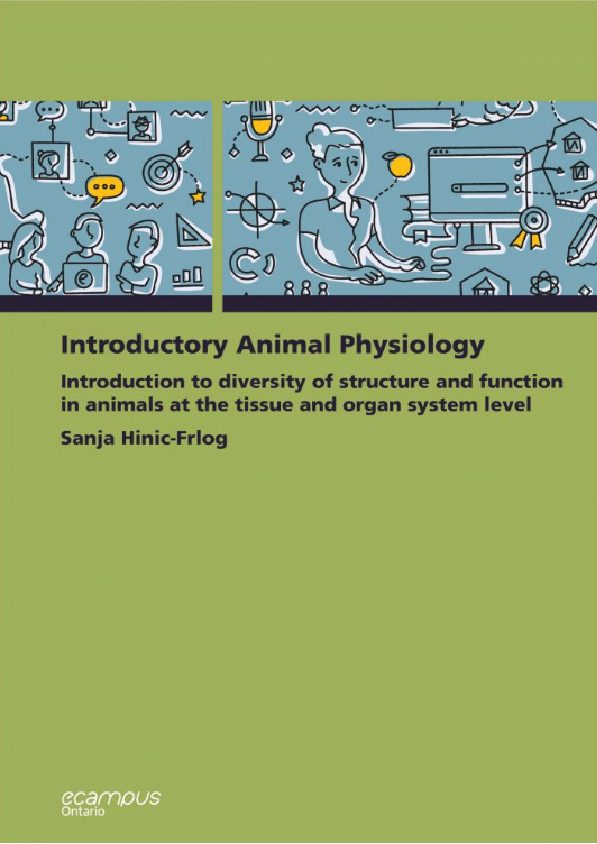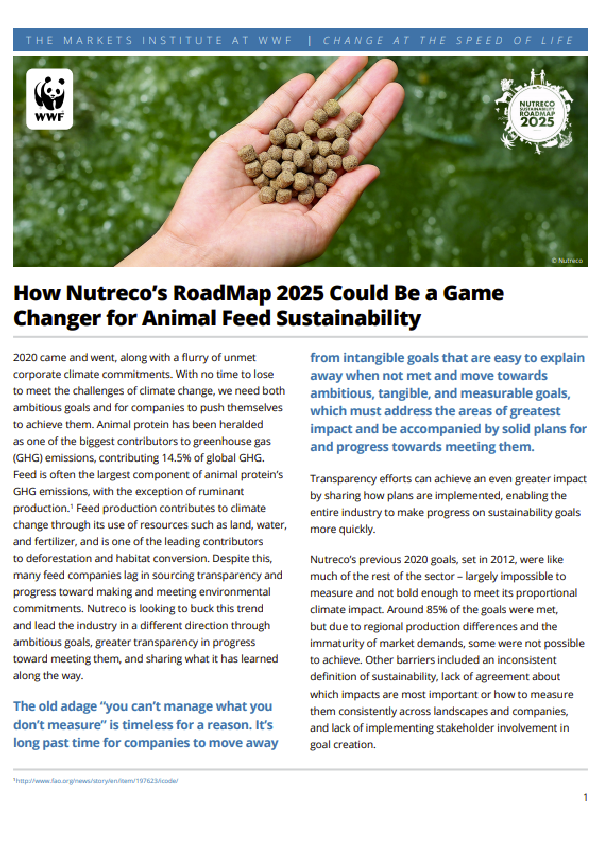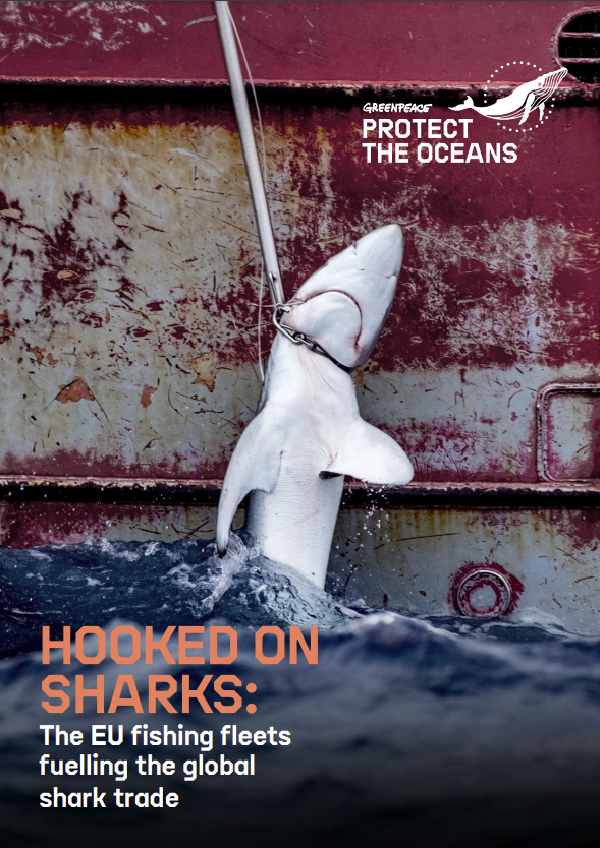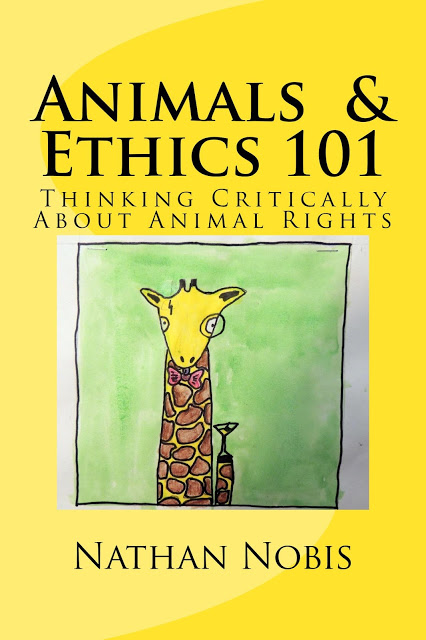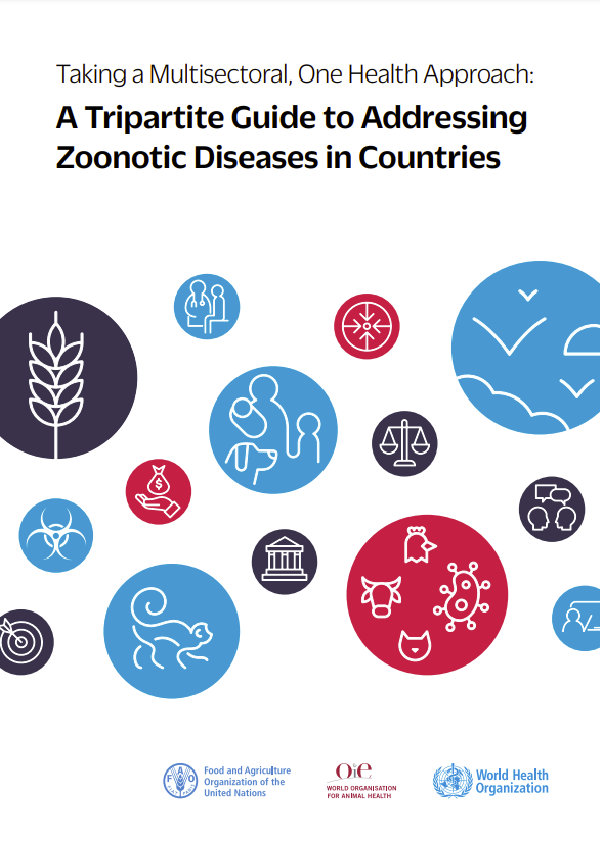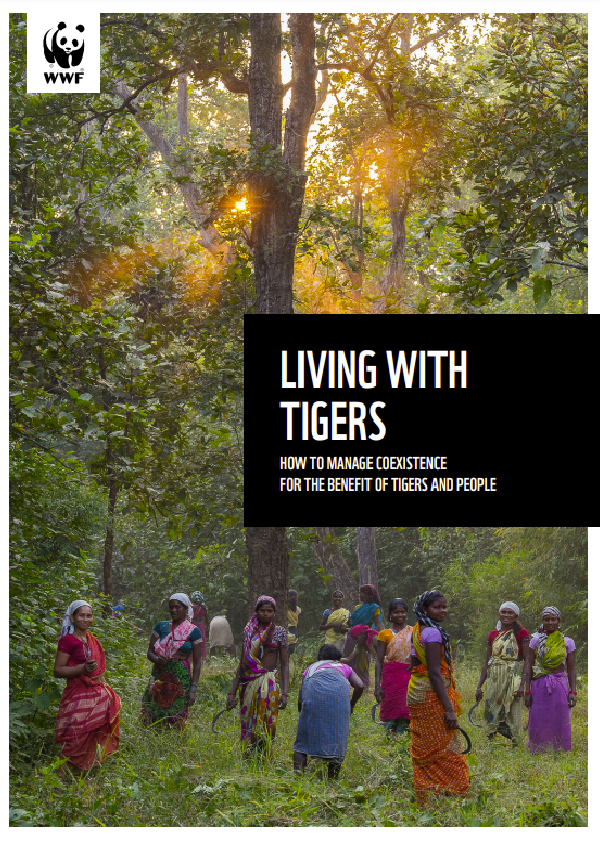Vaccines and Vaccinations: Introduction
Learning Objectives
- Explain the benefits of vaccination on an individual and herd level
- Explain how vaccination confers protective immunity
- Describe types of vaccines and how type alters the animal’s response and vaccination frequency
- Explain why young animals receive a series of vaccinations
- Describe regulatory aspects and to whom one reports vaccine reactions
- Describe risk factors considered when determining a vaccine regimen
- Describe adverse effects of vaccines and vaccination
BENEFITS OF VACCINATION
The primary benefit of vaccination is the decrease in the number of animals becoming infected with and dying from infections. When many animals are vaccinated, this “herd effect” has benefit for the vaccinated animals, which are unlikely to become ill from a disease for which they have been vaccinated, and for all animals in the population, who are less likely to be exposed to the disease. This also has public health significance; rabies would be a significant threat to human health in the United States without vaccination of domestic animals.
Objectives of Vaccination
- To vaccinate the largest possible number of individuals in the population at risk
- To vaccinate each individual no more frequently than necessary
- To vaccinate only against agents to which the animal has a realistic risk of exposure and subsequent development of serious disease
VACCINATION CONFERS PROTECTIVE IMMUNITY
Vaccination is controlled exposure of an animal’s immune system to something that causes disease. Vaccination is the act; immunization is the desired result. In veterinary medicine, most vaccines are developed against viruses; some protect against specific bacteria or toxins. When an animal is vaccinated, its immune system recognizes the foreign proteins and builds up a response to them. Part of that response is the creation of antibodies, proteins that bind to the pathogen and lead to its destruction (humoral immunity). Another part of that response is creation of cells within the animal’s body that will destroy that pathogen (cellular immunity). Some of those cells are memory cells and are capable of generating a faster and stronger response every time the animal is re-exposed to the pathogen. This means that vaccinated animals, which have created a store of memory cells, can respond quickly to any natural exposure to the pathogen and are significantly less likely to become ill.
